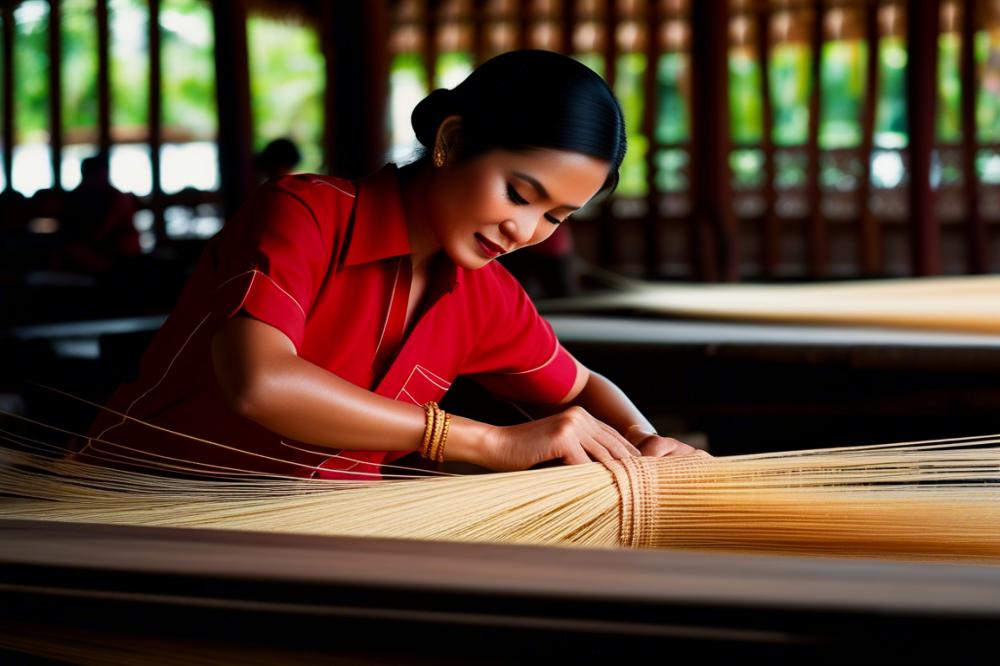Discovering the Art of Thai silk in Lamphun
Exploring the Heritage of Thai silk
Thai silk holds a treasured place in the local culture of Thailand. This traditional art of weaving represents not only a craft but also a way of life for many artisans. For centuries, the production of silk has been an integral part of communities across the country. It embodies the skills passed down through generations. Tourists visiting Thailand often seek out these exquisite fabrics, as they offer a glimpse into the rich heritage of the region.
Lamphun: A Destination for Textile Enthusiasts
Located in the northern part of Thailand, Lamphun is not just another quiet town. It has become a vibrant hub for adventure holidays, particularly for those intrigued by textiles. The area invites visitors to explore its rich history of handicrafts, especially silk weaving. Travelers can witness the craftsmanship of local artisans, who blend ancient techniques with modern styles.
Adventurers can immerse themselves in the local culture while discovering the beauty of silk production. Workshops abound, offering hands-on experiences that demonstrate the careful processes involved in creating stunning fabrics. Lamphun’s unique charm lies not only in its textiles, but also in the warm hospitality of its people. The blend of culture, art, and adventure makes this destination a must-see for anyone interested in the artistry of Thai silk.
The History of Thai Silk
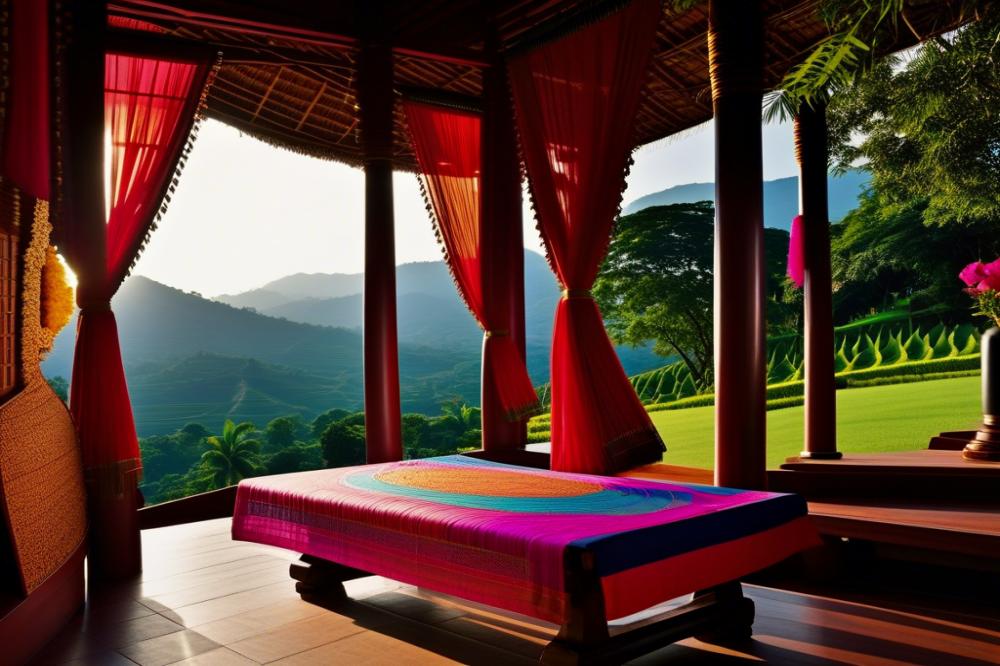
The origin of silk production in Thailand dates back centuries. Ancient references suggest that the art of weaving silk has existed in the region for a long time. The skills required for this craft were passed down through generations. Weaving was not just a skill; it became a vital part of the local culture. It is believed that the introduction of silk into Thailand was influenced by trade with neighboring countries.
Lamphun holds a remarkable place in the history of silk weaving. This city is often celebrated as a center for high-quality textiles. Local artisans have been perfecting their craft for generations. Historical records indicate that Lamphun’s unique methods of weaving were recognized even during the time of the Lanna Kingdom. The intricate designs seen today showcase the city’s rich cultural heritage.
Cultural practices have greatly influenced the craftsmanship of silk in Thailand. For the Thais, weaving is more than just creating fabrics; it is an expression of identity and tradition. Many patterns tell stories from the past. Traditional art plays a significant role in every piece produced. Customary beliefs and rituals often inspire the color choices and designs used. These elements elevate the handcrafted textiles, making them special for both locals and tourists alike.
Today, Lamphun continues to be a beacon for those interested in handicrafts. Tourists flock to see the artistry wrapped in every strand of silk. Visiting local workshops provides insight into the detailed processes behind silk production. Observing artisans at work reveals the true meaning behind their craft. Each piece is a labor of love that showcases the skill and passion of the weavers.
The Weaving Process
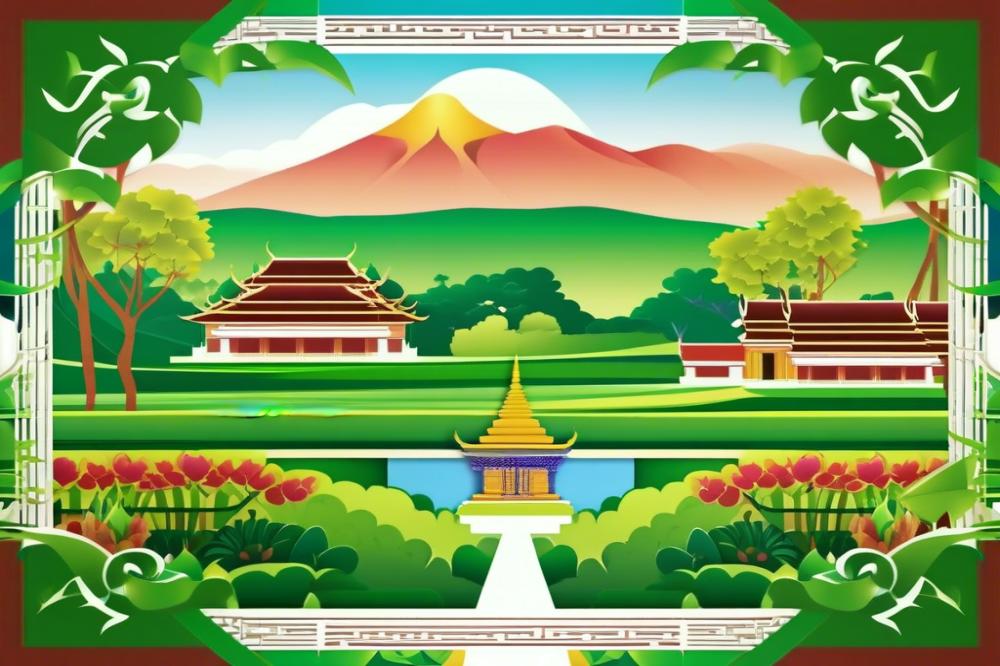
In Lamphun, the art of weaving is deeply rooted in the local culture. Traditional methods have been refined over generations, creating beautiful textiles that reflect the heritage of the Thais. Artisans begin their work by carefully selecting natural silk, which is harvested from silkworms. This raw material is prized for its beauty, strength, and smooth texture.
Locals utilize handlooms to produce intricate patterns. Each loom is a unique tool that requires skill and practice. The process starts with dyeing the silk threads in vibrant colors, often using techniques passed down through family lines. Local artisans use natural dyes derived from plants and minerals, ensuring that the colors remain true and evocative of the environment.
Craftsmanship plays a key role in maintaining the high standards of silk production. Each piece of fabric tells a story, showcasing the dedication of the artisan. Weaving is not just a trade; it is an expression of identity and creativity. The attention to detail in every weave enhances the quality of the work. Local traditions emphasize the importance of skill, often taking years to master.
Working with various tools, such as shuttles and bobbins, artisans create detailed designs and textures. These tools, although simple, in the hands of skilled craftspeople, produce exquisite handicrafts. The weaving process requires patience, as fabric emerges slowly and beautifully from the loom. Each cloth is layered with the history and experience of the maker.
Tourism in Lamphun benefits greatly from this rich tradition. Visitors are often drawn to workshops to see artisans at work. Observing the intricate process of weaving provides a deeper appreciation for the craftsmanship involved. By understanding this traditional art, tourists gain insight into the cultural heritage of the region. Supporting local artisans also helps keep this beautiful craft alive.
Exploring Local Artisans
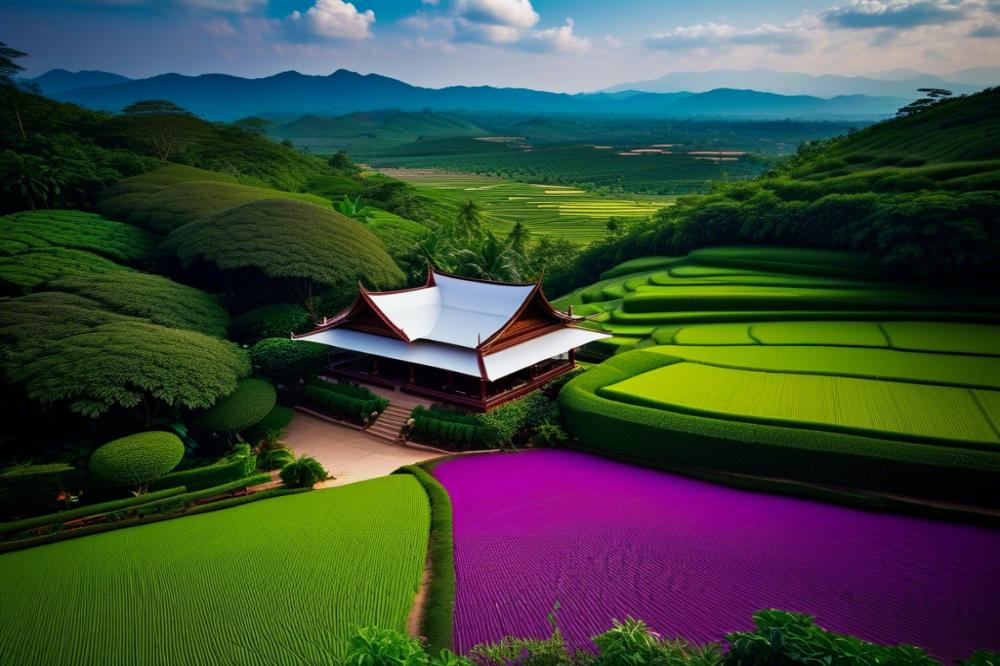
Profiles of Noteworthy Silk Weavers and Craftspeople in Lamphun
Local artisans in Lamphun are vital to preserving traditional art forms. Each skilled weaver has a story that reflects their culture and craft. One such craftsman is Mr. Somchai, who has dedicated over thirty years to silk production. His intricate designs often draw inspiration from the nature surrounding him. Another impactful figure is Mrs. Anong, known for her vibrant textiles. Her work incorporates patterns that symbolize local beliefs and stories passed down through generations.
Insights into Their Artistic Techniques and Designs
Techniques used by these artisans are often handed down through families. Weaving involves precise methods and careful attention to detail. Many artists employ a combination of traditional and modern techniques, resulting in beautiful fabrics that appeal to various tastes. Color selection plays a significant role in their work. The artisans often use natural dyes derived from plants, giving each piece a distinctive look. Such practices not only highlight their craftsmanship but also connect them to their roots.
Importance of Supporting Local Artisans Through Sustainable Tourism
Supporting local artisans through tourism is essential for maintaining their livelihoods. When visitors purchase handicrafts, they contribute to the local economy. Respecting their craft encourages the continuation of these traditions. Many Thais believe that each piece carries a story, representing their culture. Sustainable tourism can help preserve both the craftsmanship and the artisans’ way of life. Engaging with these artisans gives travelers a deeper appreciation for their skills. In turn, this connection fosters a sense of community and pride among the locals.
Experiencing Thai Silk Firsthand
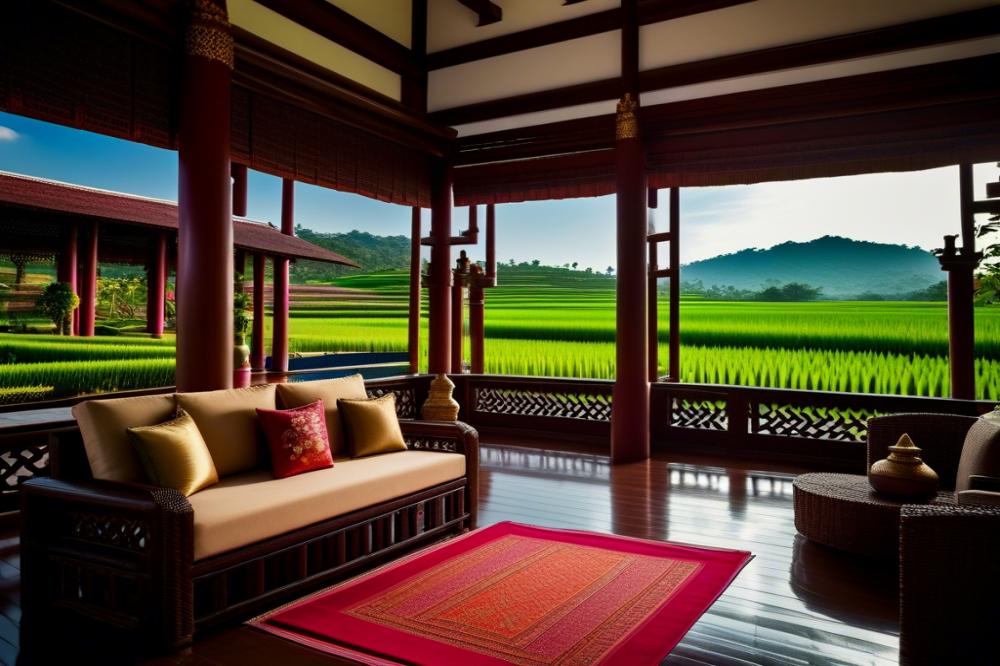
Recommendations for Workshops and Experiences in Lamphun
Visiting Lamphun offers a chance to learn about the local culture through the art of weaving. Several workshops open their doors to visitors eager to experience this craftsmanship directly. For instance, the Lamphun Silk Weaving Center provides hands-on lessons. Participants can engage with artisans who share their techniques and stories. Choose a day when you can immerse yourself in the process of creating textiles. Learning from skilled Thais enhances appreciation for this traditional art.
Shopping for Authentic Silk and Handicrafts
Shopping for genuine silk and handmade goods is an adventure in Lamphun. Local shops, often run by families, sell beautiful products crafted with care. Look for items that reflect the region’s heritage. Many shops offer various textiles, from fabric to clothing, that showcase the skill of the artisans. Don’t hesitate to ask questions about the production methods and inspiration behind each piece. Building a connection with sellers adds a personal touch to your shopping adventure.
Local Markets to Discover Textiles
Exploring local markets is a great way to find these stunning textiles. The Sunday Market in Lamphun bustles with vendors selling a variety of goods. Here, visitors can discover not only silk but also handmade handicrafts. Strolling through the vibrant stalls allows you to witness the lively atmosphere. Keep an eye out for unique items that tell a story. Engaging with artisans at these markets often leads to fascinating conversations about their silk production techniques. Embracing this experience deepens your understanding of the region’s cultural heritage.
Thai Silk in Modern Culture
Traditional silk plays a significant role in contemporary fashion. Many designers draw inspiration from its vibrant colors and intricate patterns. Collections featuring these textiles can be seen on runways and in boutiques around the world. Unique designs reflect modern tastes while honoring traditional art.
The presence of silk in fashion helps promote cultural identity among Thais. Wearing garments made from this fabric connects individuals to their heritage and local culture. It serves as a symbol of pride for the Thai people. By incorporating silk into everyday clothing, artisans tell a story of craftsmanship that has been passed down for generations.
As tourism grows in Thailand, visitors increasingly seek out authentic handicrafts. Thai silk has become a sought-after souvenir. Tourists appreciate its beauty and connection to local craftsmanship. This trend supports artisans and keeps traditional skills alive.
Looking towards the future, the production of silk faces both challenges and opportunities. Global demand may increase as more people discover its beauty. However, sustainability must remain a priority to protect the environment. Innovations in weaving techniques may also enhance the quality and range of products available.
Community support plays a crucial role in sustaining this industry. Workshops that teach weaving allow new generations to learn these skills. Collaborations between artisans and designers can create fresh perspectives. These partnerships can lead to a revival of interest in time-honored traditions.
Embracing Tradition and Artistry
Thai silk plays a crucial role in the cultural heritage of Lamphun. This beautiful fabric is not just cloth; it’s a story woven into textiles that reflect the region’s history. The craftsmanship involved in creating these materials showcases the skill and dedication of local artisans. Each piece tells a unique tale, with vibrant colors and intricate patterns that often represent significant cultural symbols.
Visitors to Lamphun are encouraged to connect with these artisans. Such interactions can deepen understanding and appreciation for the time-honored techniques of weaving. Observing the meticulous process firsthand enhances the overall experience. Tourists can gain insight into how traditional methods are preserved and refined through generations. Engaging with the local community fosters a richer travel experience while supporting livelihoods.
Preserving traditional art is vital for future generations. By participating in tourism that emphasizes cultural appreciation, we help ensure that these ancient practices do not fade away. It also highlights the importance of art in expressing identity. The exchange between travelers and locals enriches both parties and creates lasting memories. Investing in these experiences contributes to the continuation of Lamphun’s artistic legacy. Supporting local craftsmanship ultimately encourages the survival of these invaluable traditions.

